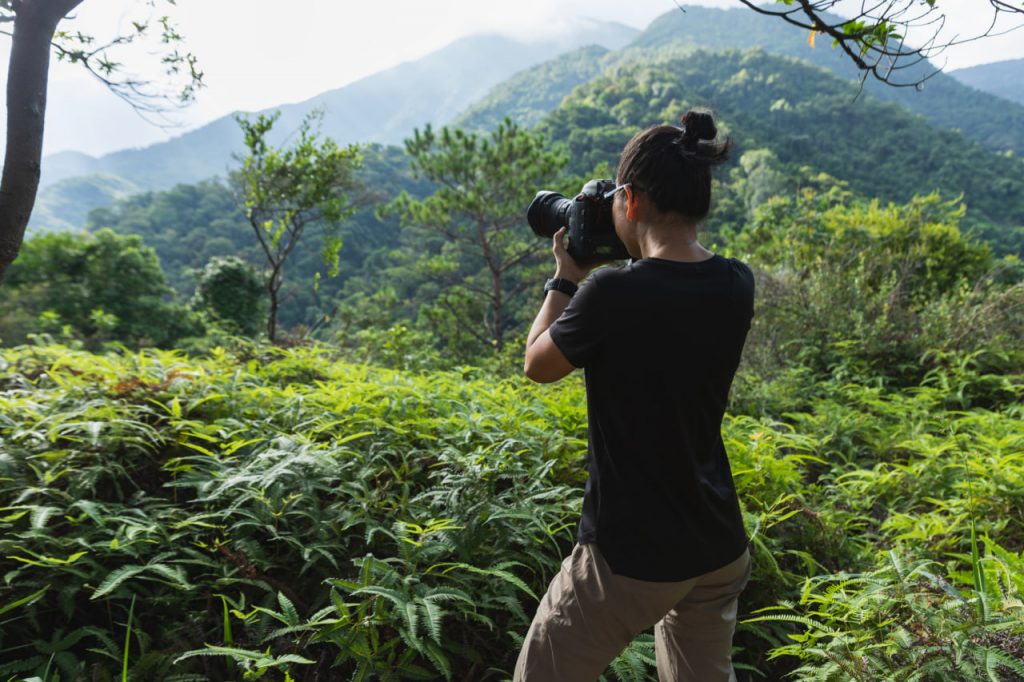Nature photography is much more than capturing beautiful landscapes or striking images of wildlife. It is an art form that allows photographers to tell stories about the world around us — stories that evoke emotions, convey messages, and inspire viewers to see nature in a new light. Storytelling through nature photography combines technical skill with creativity, observation, and a deep connection to the environment. This guide explores how you can develop your storytelling skills and create compelling images that go beyond simple documentation.
Understanding the Power of Visual Storytelling
Every photograph has the potential to tell a story, but not every image does. Storytelling in photography means using visual elements to communicate ideas, emotions, or narratives that resonate with your audience. In nature photography, this can involve capturing moments of wildlife behavior, showcasing the impact of changing seasons, or highlighting environmental issues.
A well-told story in a single frame invites viewers to pause, reflect, and connect. It encourages them to imagine the scene beyond the borders of the photo and to feel something deeper than admiration for technical skill or beauty alone.
Elements That Create a Story
Several elements work together to build a narrative in nature photography. Composition plays a vital role; the way you arrange subjects within the frame can guide the viewer’s eye and emphasize key parts of the story.
Light and color set the mood and atmosphere. Soft, warm light can convey tranquility, while harsh shadows might suggest drama or tension. The choice of perspective, whether wide-angle to show vast landscapes or close-up to reveal intricate details, also shapes the story.
Including signs of human impact or natural changes can add layers of meaning, making the story more complex and thought-provoking. For example, a solitary tree struggling against wind and erosion can symbolize resilience or environmental fragility.
Planning and Patience in Storytelling
Unlike some photography genres, storytelling through nature often requires patience and planning. Understanding animal behavior, seasonal changes, and weather patterns helps you anticipate moments that carry narrative weight.
Spend time observing your subject before pressing the shutter. Wait for interactions, gestures, or expressions that reveal personality or emotion. This might mean capturing a mother bird feeding her chick or the first light breaking through fog in a forest.
Sometimes, the story unfolds over a series of images rather than a single shot. Consider creating photo essays or sequences that follow a theme, season, or journey. This approach allows you to develop a more detailed narrative and engage your audience more deeply.
Using Post-Processing to Enhance Storytelling
Post-processing is a valuable tool in storytelling but should be used thoughtfully. Adjusting exposure, contrast, and color can help reinforce the mood or highlight important elements in your image. However, avoid excessive manipulation that alters the reality of the scene or misleads the viewer.
Techniques like selective sharpening or dodging and burning can draw attention to the subject or enhance texture, making the story clearer. Cropping can improve composition and eliminate distractions, focusing the viewer’s attention on the narrative core.
Consistency in editing style across a series of photos also helps unify the story and makes your work recognizable.
Inspiring Change Through Your Photography
Nature photography has the power to inspire conservation and awareness. Storytelling can highlight threats like habitat loss, climate change, or pollution, motivating viewers to care and take action.
When creating images with this goal, balance emotion with respect and accuracy. Avoid sensationalism or staging scenes, as authenticity strengthens your message.
Sharing your stories through exhibitions, social media, or collaboration with conservation groups expands their reach and impact. Your photographs can become catalysts for conversation and change.

